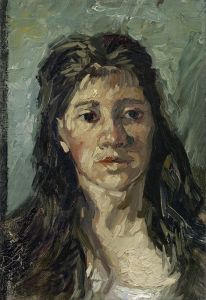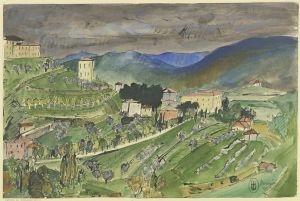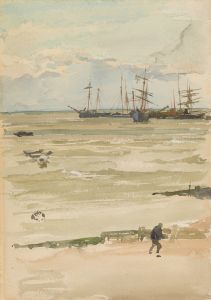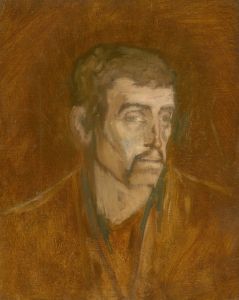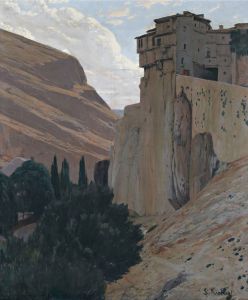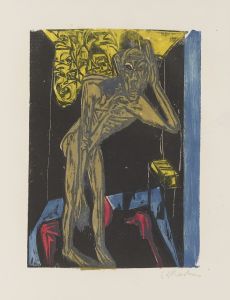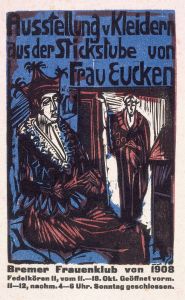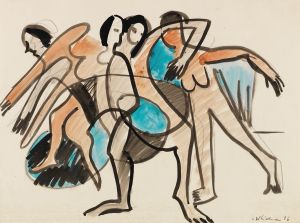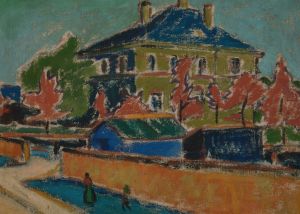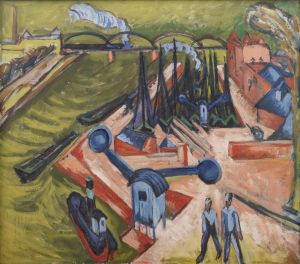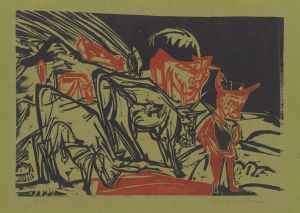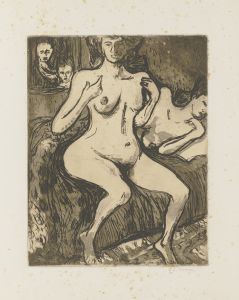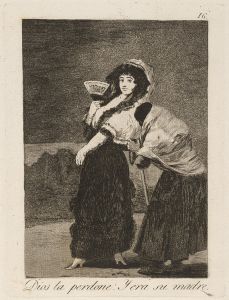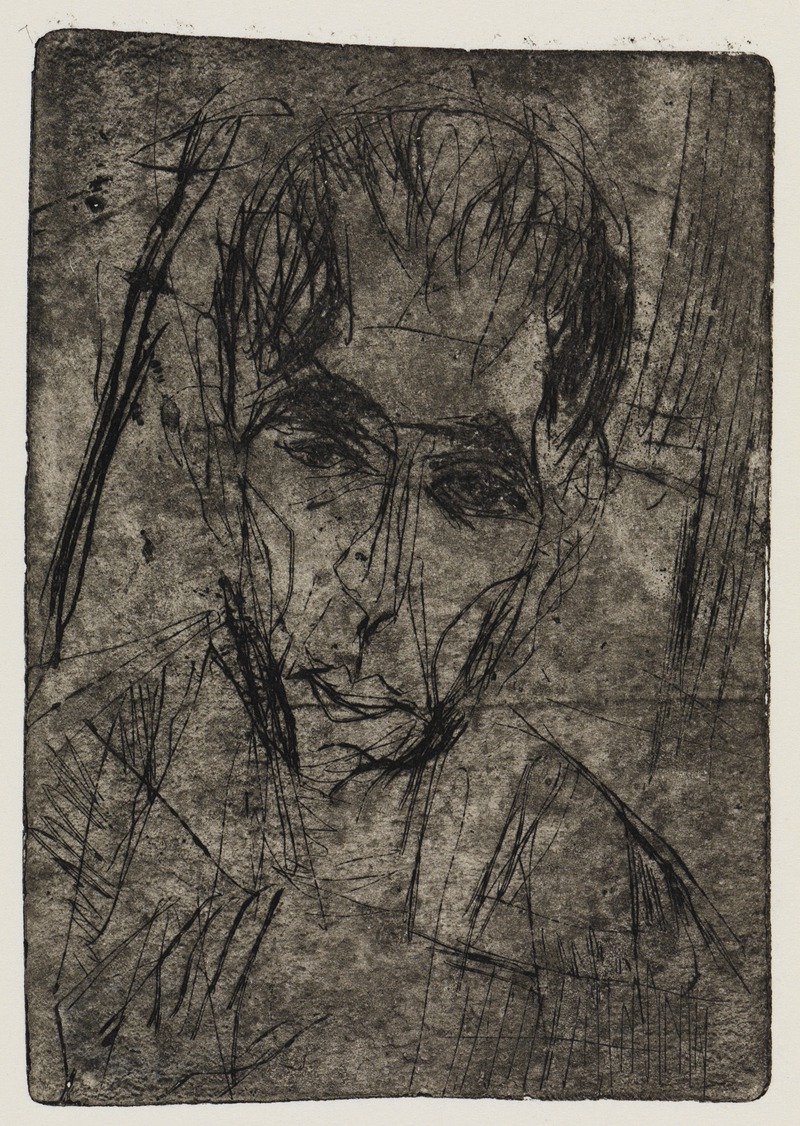
Straßenbiegung;Porträt Wilhelmine Julow I
A hand-painted replica of Ernst Ludwig Kirchner’s masterpiece Straßenbiegung;Porträt Wilhelmine Julow I, meticulously crafted by professional artists to capture the true essence of the original. Each piece is created with museum-quality canvas and rare mineral pigments, carefully painted by experienced artists with delicate brushstrokes and rich, layered colors to perfectly recreate the texture of the original artwork. Unlike machine-printed reproductions, this hand-painted version brings the painting to life, infused with the artist’s emotions and skill in every stroke. Whether for personal collection or home decoration, it instantly elevates the artistic atmosphere of any space.
Ernst Ludwig Kirchner was a prominent German expressionist painter and one of the founding members of the artist group Die Brücke (The Bridge), which played a pivotal role in the development of modern art in the early 20th century. Kirchner's work is characterized by its bold use of color, dynamic compositions, and a focus on the human figure and urban life.
"Straßenbiegung; Porträt Wilhelmine Julow I" is one of Kirchner's works that reflects his distinctive style and thematic interests. Although specific details about this particular painting are limited, it is possible to discuss Kirchner's broader artistic context and the elements that might be present in such a work.
Kirchner's art often depicted the bustling energy of city life, particularly in Berlin, where he moved in 1911. His urban scenes frequently capture the movement and tension of modern life, with figures often portrayed in a somewhat distorted or exaggerated manner to convey emotional intensity. This approach aligns with the expressionist movement's aim to express subjective emotions rather than objective reality.
The title "Straßenbiegung" translates to "Street Bend" in English, suggesting that the painting might depict an urban scene, possibly capturing a moment of movement or transition in a city setting. Kirchner's street scenes often include figures in motion, vibrant colors, and sharp angles, creating a sense of dynamism and immediacy.
The second part of the title, "Porträt Wilhelmine Julow I," indicates that the painting includes a portrait of a person named Wilhelmine Julow. Portraiture was a significant aspect of Kirchner's work, and he often portrayed individuals from his social circle, capturing their personalities with expressive brushwork and vivid colors. His portraits are known for their psychological depth and ability to convey the inner life of the subject.
Kirchner's technique involved the use of bold, unblended colors and strong, angular lines, which contributed to the emotional impact of his work. He was influenced by various sources, including African and Oceanic art, which he encountered through ethnographic museums and collections. These influences are evident in his stylized figures and the emphasis on form and color over realistic representation.
Throughout his career, Kirchner faced personal and professional challenges, including the impact of World War I and struggles with mental health. Despite these difficulties, he continued to produce art that pushed the boundaries of traditional representation and contributed to the evolution of modern art.
In summary, while specific information about "Straßenbiegung; Porträt Wilhelmine Julow I" is limited, the painting can be contextualized within Ernst Ludwig Kirchner's broader body of work. It likely reflects his interest in urban life and portraiture, characterized by expressive use of color and form. Kirchner's contributions to the expressionist movement and modern art continue to be celebrated for their innovation and emotional depth.






